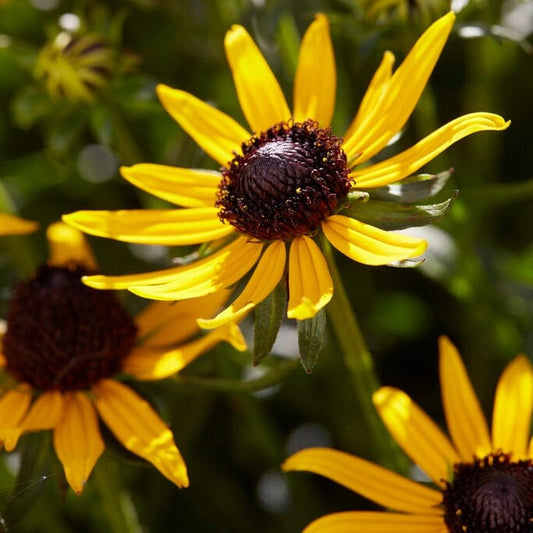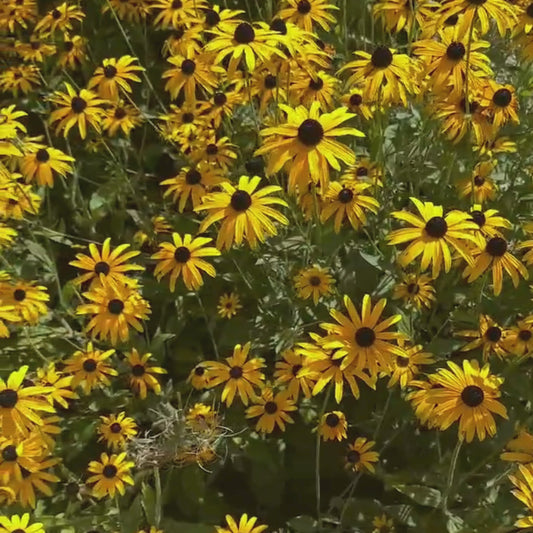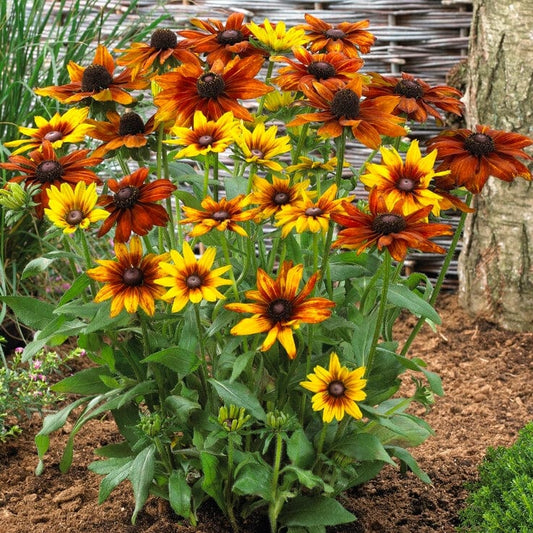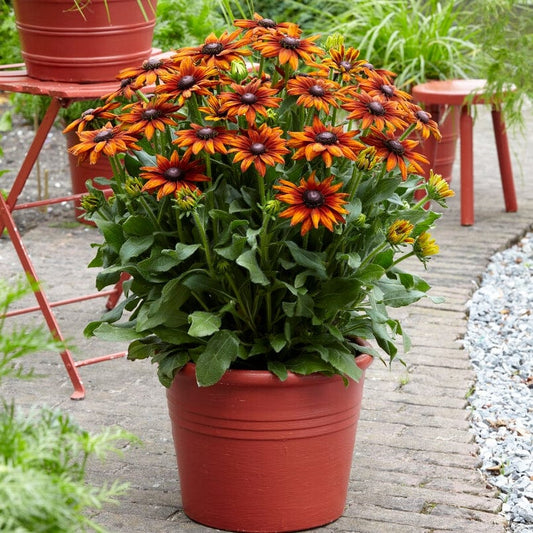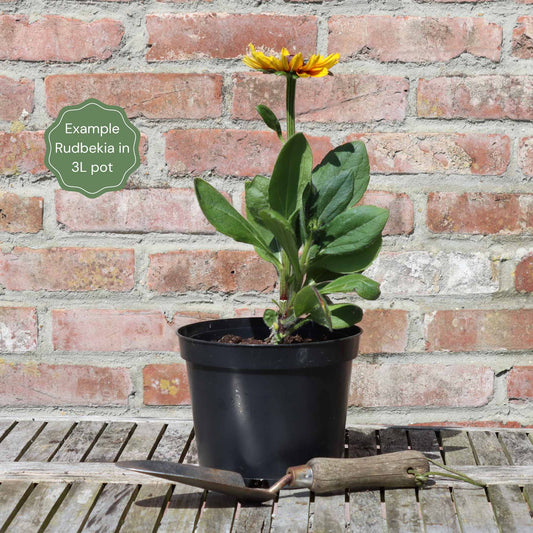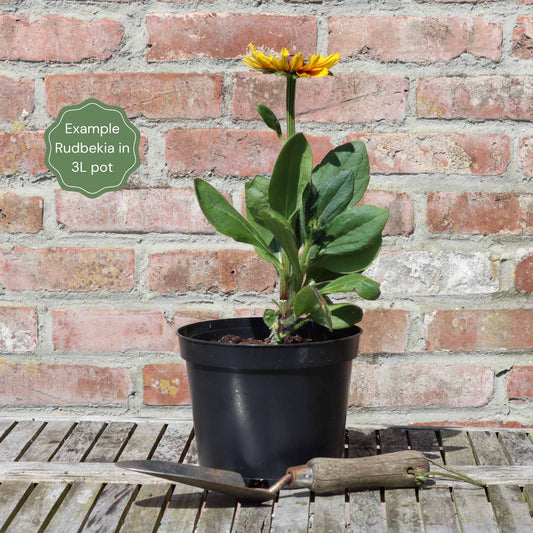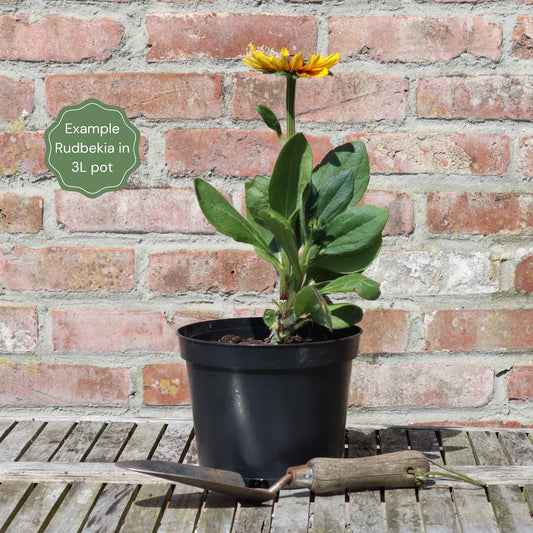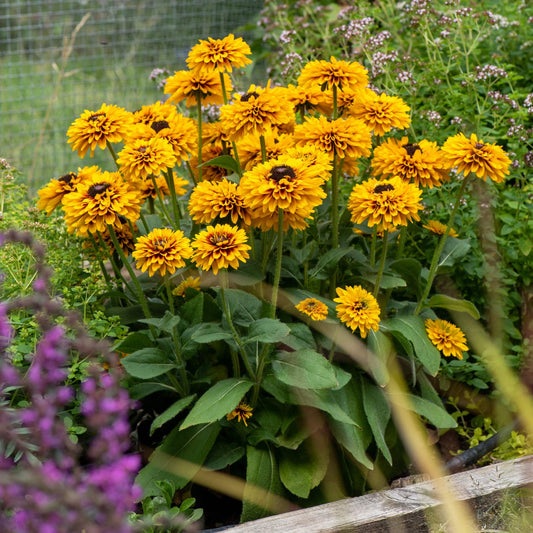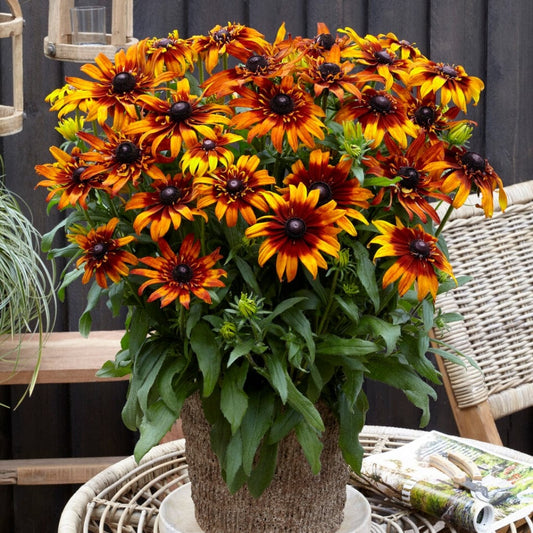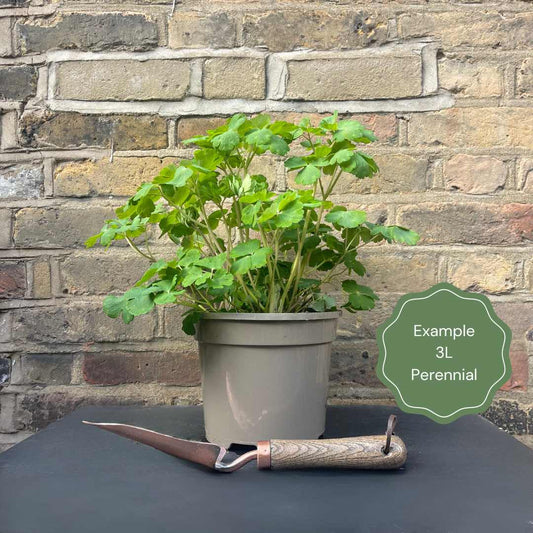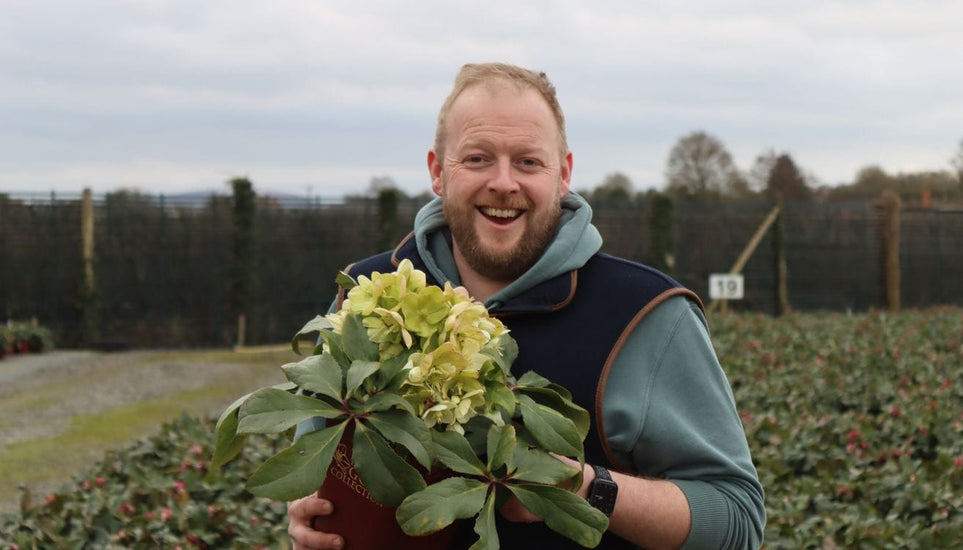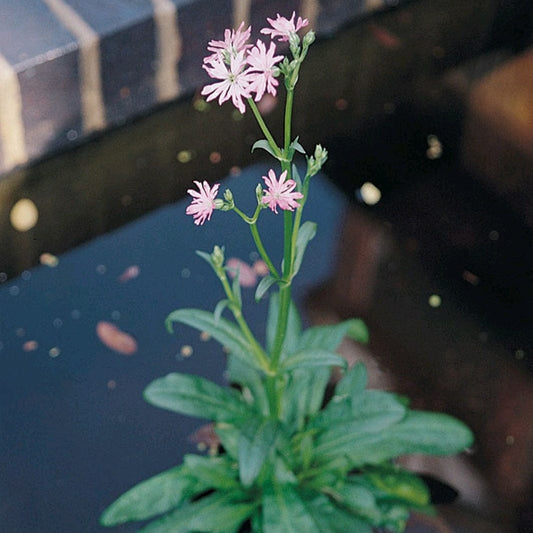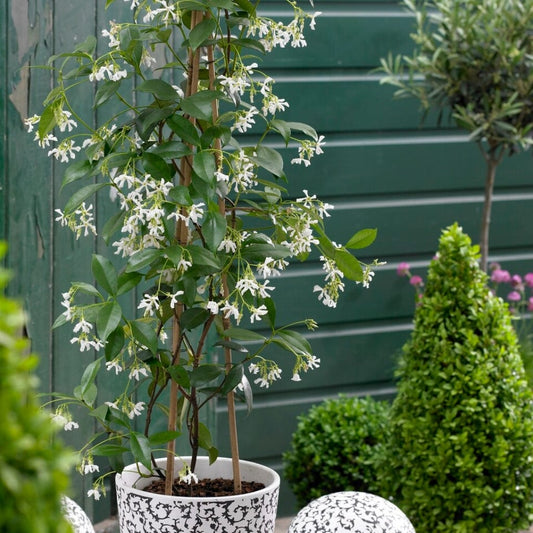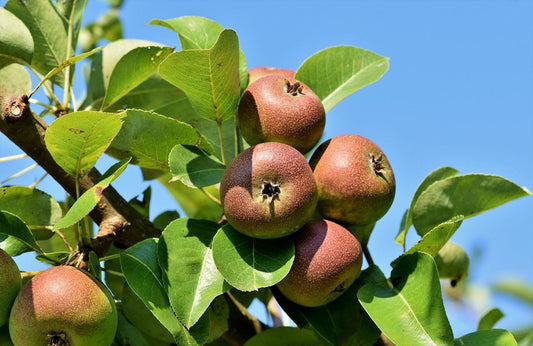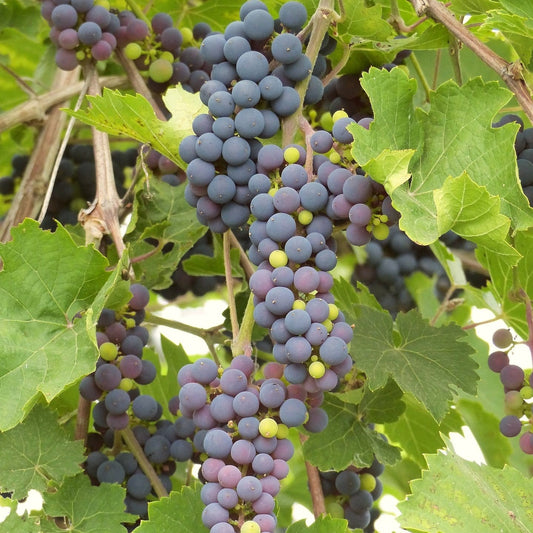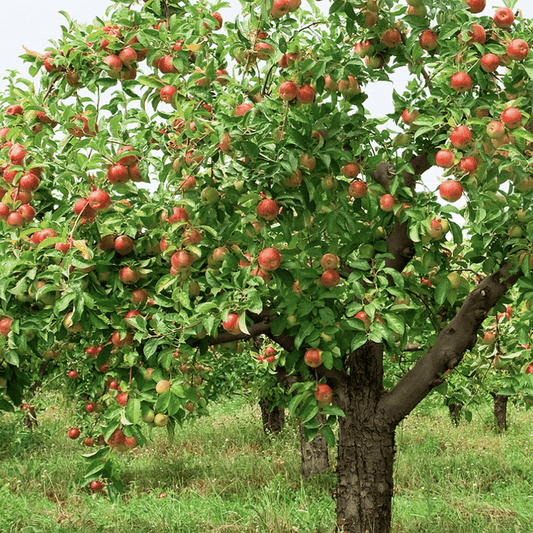Hereford
Meet Jack
Perennials born in Herefordshire, blooming in your garden
Our perennials start life in the rolling Herefordshire hills, where Jack and his team trial over 250 new varieties each year to bring you the best performing and most sustainable plants in the UK. With over forty years of excellence, it’s no surprise that they’ve won the HTA Plant Grower of the Year award two years running.
Need help picking?
Rudbeckia FAQs
When is the best time to plant rudbeckia in the UK?
The best time to plant rudbeckia is from late spring after the last frost has passed in your area, to early summer.
Where should rudbeckia be planted?
Rudbeckia prefers full sun (6-8 hours of direct sunlight per day) but is also fine in partial shade. It will thrive in well drained, fertile soil of any kind.
How do I care for rudbeckia plants?
Water your rudbeckias regularly, especially when it’s hot or drty, but avoid overwaterign as this can lead to waterlogging and root rot. These plants will benefit from a feed with a well balanced fertiliser once a month through the growing season, then a layer of mulch around them in autumn. Deadhead your rudbeckias as the flowers fade, to encourage them to bloom for longer.
How do I divide rudbeckia plants?
Rudbeckia plants can become crowded after a few years, leading to reduced flowering, but you can divide them in spring or autumn to reboot them. Dig up the clump of Rudbeckia and divide it into smaller sections, each with its own roots and shoots, then replant the sections at the same depth as they were previously growing, spaced 30-45cm apart.
When do rudbeckia plants bloom?
Rudbeckia plants flower from June to early autumn.
How do I support tall rudbeckia varieties?
Tall Rudbeckia varieties will benefit from staking to keep them from flopping over. Put in stakes or plant supports early in the growing season, being careful not to damage the roots, and tie the stems to the stakes as they grow taller.
Can rudbeckia plants be grown in containers?
Rudbeckias are a great choice for pots - make sure you choose one large enough for the mature size of the plant, with drainage holes in the bottom. Place your pots in a sunny place and water them more frequently than you would plants in the ground.
Fighting plastic waste
Delivering fresh from the nursery
Supporting UK growers

